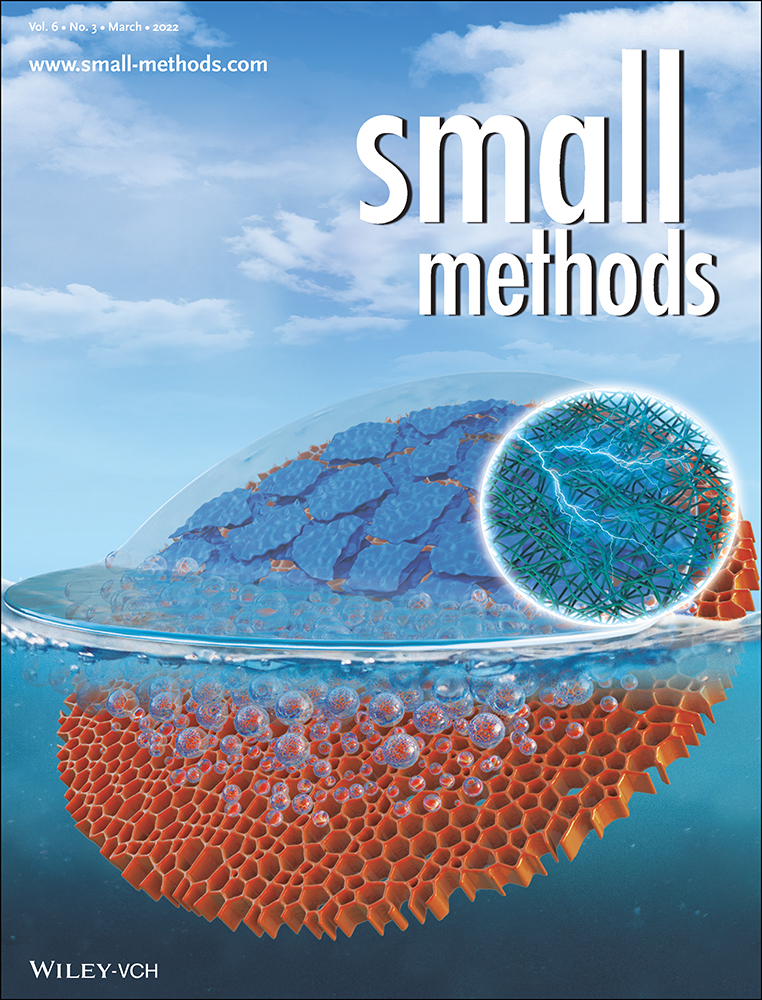DNA Origami Calibrators for Counting Fluorophores on Single Particles by Flow Cytometry
Abstract
Flow cytometry (FCM) is a high-throughput fluorescence-based technique for multiparameter analysis of individual particles, including cells and nanoparticles. Currently, however, FCM does in many cases not permit proper counting of fluorophore-tagged markers on individual particles, due to a lack of tools for translating FCM output intensities into accurate numbers of fluorophores. This lack hinders derivation of detailed biologic information and comparison of data between experiments with FCM. To address this technological void, the authors here use DNA nanotechnology to design and construct barrel-shaped DNA-origami nanobeads for fluorescence/antigen quantification in FCM. Each bead contains a specific number of calibrator fluorophores and a fluorescent trigger domain with an alternative fluorophore for proper detection in FCM. Using electron microscopy, single-particle fluorescence microscopy, and FCM, the design of each particle is verified. To validate that the DNA bead-based FCM calibration enabled the authors to determine the number of antigens on a biological particle, the uniform and well-characterized murine leukemia virus (MLV) is studied. 48 ± 11 envelope surface protein (Env) trimers per MLV is obtained, which is consistent with reported numbers that relied on low-throughput imaging. Thus, the authors’ DNA-beads should accelerate quantitative studies of the biology of individual particles with FCM.
Conflict of Interest
D.S., J.B.S., and F.S.P. are listed as inventors on a patent on DNA bead calibrators for flow cytometry described in this study.
Open Research
Data Availability Statement
The data that support the findings of this study are available from the corresponding author upon reasonable request.




